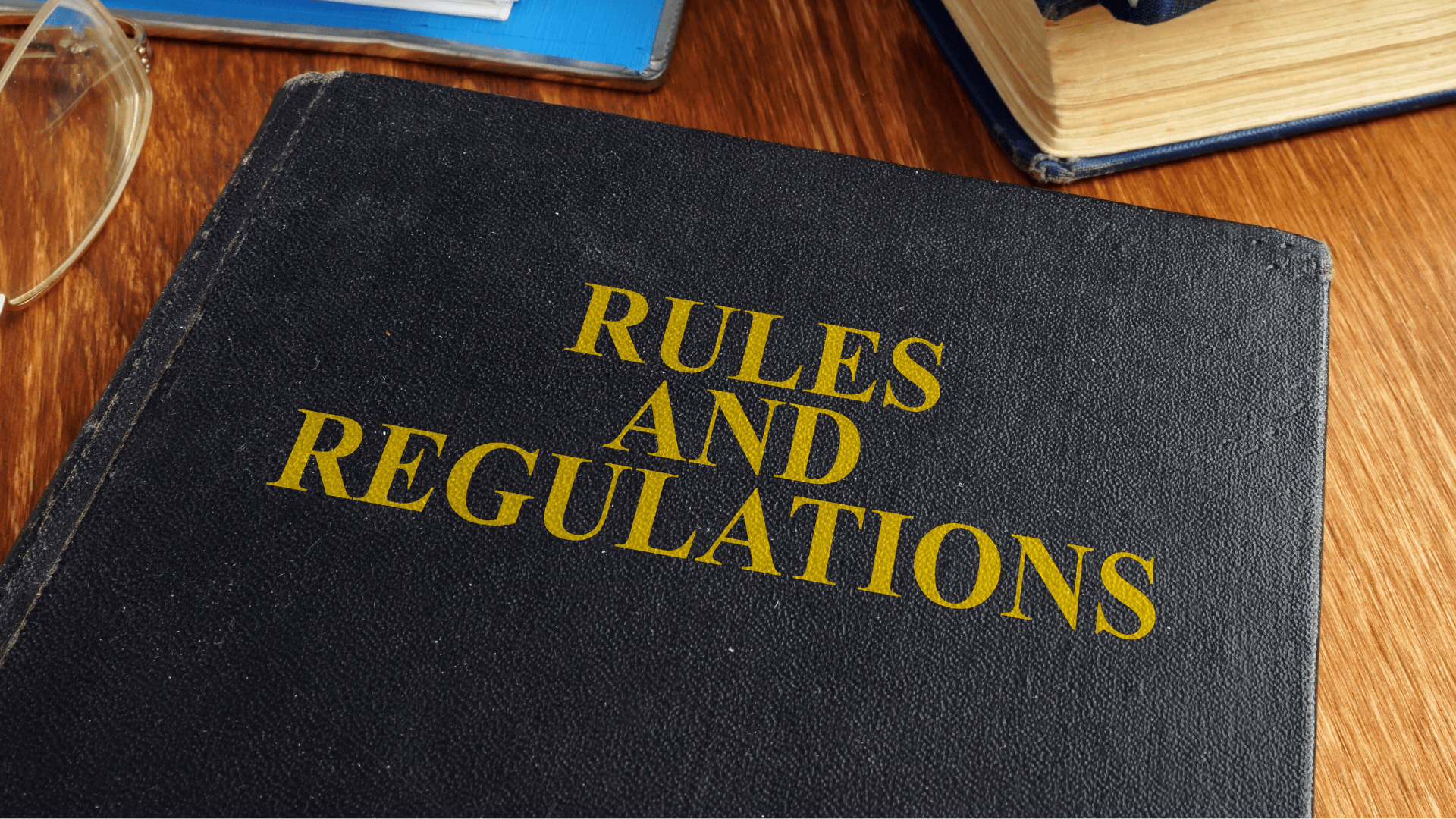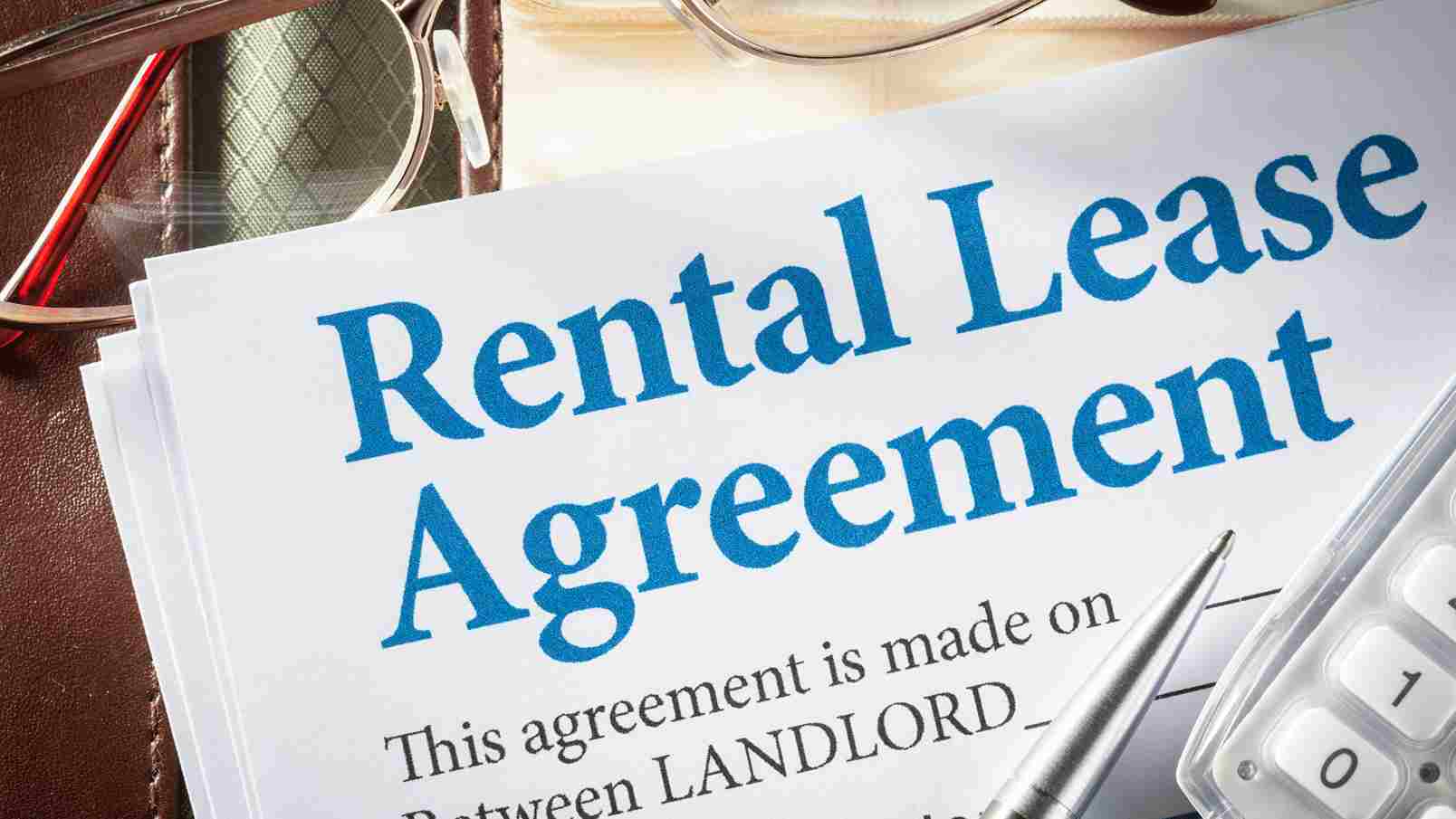Having rules and agreements that protect housing tenants are one of the most essential parts in the world of property leasing. Regardless if you’re just starting out or just a seasoned landlord creating a well structured rental, essential house rules and agreement is essential to have your rights and to protect you and your tenants. These documents serve as the foundation of a successful landlord-tenant relationship protects housing tenants. Today, we will explore the key components that should be included in rental rules and agreements to ensure a harmonious and legally compliant rental experience for all parties involved.
1. Parties Involved
A rental agreement should begin clearly on both parties that are involved to avoid having conflict. This should include the full legal names and contact information of both the landlord and the tenants. It is essential to ensure the accuracy to avoid having any confusions in the rental agreements or law in the future.
2. Property Description
Having a detailed description of the rental property is vital for clarity. This includes the property’s address, unit number (if applicable), or any specific details about the property, such as parking spaces or storage areas. This should also specify whether the rental is for an entirely residential property, a bedspace or room sharing depending on the arrangement that is being posted.
3. Lease Term
The lease term defines the duration of the lease or rental agreement. This is where you will specify when the start and end of the lease. It depends if it’s a monthly rental or annual rent control act the lease contract expiration, you should clear to your tenants what are the grounds or notice for termination. Is there are any penalty for the late payments and also the minimum notice period required.
4. Rent Payment Details
This section is crucial for financial transparency. Outline the monthly rent amount, the due date to collect rent due, any overdue rental payments, and the method of payment accepted (e.g., check, direct deposit, or online payment platforms). Include any late fees and the grace period, if applicable. Clear instructions on where and how the back rent payments should be paid should also be provided.
5. Security Deposit
Specify the amount of the security deposit required to rent houses, and any specific conditions for its return. Explain how the deposit will be used to cover damages or unpaid rent to own units and the timeline for returning it after the lease or rented unit ends. Make sure to adhere to local regulations regarding security deposits.
6. Maintenance and Repairs
Clearly state the responsibilities of both the landlord and the tenant regarding property maintenance and repairs. This section should detail which party is responsible timely payment for specific tasks necessary repairs and under what circumstances repairs should be requested. Include contact information for reporting maintenance issues.
7. Rules and Regulations
Outline a set of rules and regulations that the tenant house rule must follow during the lease term. This section can cover tenant house rules and regulations on the lease breaking a variety of topics, including:
Lease Terms and Renewal Options
- The lease duration: Clearly state the length of the lease, whether it's a month-to-month, six-month, or annual agreement.
- Renewal options: Specify the process for lease renewal and any potential rent adjustments.
Rent Payment Information
- Rent amount and due date: Clearly define the monthly rent amount and the due date, along with any grace period and late fees.
- Payment methods: Outline acceptable payment methods, such as checks, online transfers, or other electronic methods.
Security Deposit
- Amount and use: Specify the security deposit amount, its intended purpose (covering damages and unpaid rent), and the timeline for returning the deposit.
- Deductions: Clarify the circumstances under which deductions can be made from the security deposit.
Maintenance and Repairs
- Tenant responsibilities: Describe the tenants' responsibilities for maintaining the property, including minor repairs and regular maintenance.
- Landlord responsibilities: Explain the landlord's duty to perform major repairs and renovations.
Occupancy Limits
- Maximum occupancy: Establish the maximum number of occupants allowed in the rental unit to prevent overcrowding.
- Subletting: Address the conditions under which subletting is permitted, if at all.
Pet Policies
- Pet allowance: State whether pets are allowed, and if so, specify the type and number of pets allowed.
- Pet deposits and fees: Outline any pet deposits or additional fees associated with pet ownership.
Noise and Disturbances
- Quiet hours: Define quiet hours to maintain a peaceful living environment, especially in multi-unit buildings.
- Complaints and disputes: Explain the procedure for handling noise complaints and resolving tenant disputes.
Repairs and Maintenance Requests
- Reporting issues: Instruct tenants on how to report maintenance and repair issues.
- Timelines for resolution: Specify reasonable timeframes for addressing maintenance requests.
These rules help residential to evict tenants, maintain a peaceful living environment residential tenants and protect the landlord same tenant's property.
8. Entry and Inspection
Specify the circumstances under which the landlord can enter the rental property, such as for repairs, inspections, maintenance requests or emergencies. Ensure you adhere to local laws and provide proper notice to the tenant. This section helps maintain the tenant's right to privacy while ensuring the landlord's access to rental properties when necessary.
9. Utilities and Services
Detail which utilities and services are included in the rent and which ones the tenant is responsible for. This may include water, gas, electricity, internet, and cable. Ensure the tenant rights a method for paying rent, dividing shared utility costs if applicable, and describe the process for any service disruptions.
10. Termination and Eviction
Clearly define the conditions under which the tenant rights the property management, landlord or government agency the tenant can terminate the lease agreement. Include notice periods for both parties, reasons for eviction, and the legal process for eviction if the tenant breaches the agreement.
11. Right to Renew
If you want to provide your tenant with the option to renew the lease and pay rent again at the end of the term, include a section in advance rent, that outlines the renewal process, terms, and any potential for unreasonable rent increases or adjustments.
12. Legal Notices
Incorporate a section explaining the legal notices required for any formal communication between the property management, landlord and tenant. This may include notice of entry, termination, or any other important notifications to both the residential units and commercial leases and tenants.
13. Signatures
Ensure that both the landlord and the tenant(s) sign and date the rental agreement. This section validates the agreement and acknowledges that both parties have read and agreed to the rental law, terms and conditions.
14. Attachments and Addendums
Include any additional documents house rules or addendums that are relevant to the rental agreement. This could encompass a move-in/move-out checklist, an inventory of the property's condition, or any specific agreements not covered in the main, lease contract.
Creating comprehensive rental rules and agreement is essential for maintaining a smooth and legal landlord-tenant relationship. By including the aforementioned key components in your agreement, you can set clear expectations, protect your property, and ensure both parties understand their rights and responsibilities. Additionally, it is essential to consult with legal professionals or follow local laws and regulations to ensure that your rental agreement complies with all applicable rules and statutes. A well-crafted agreement fosters trust and transparency, contributing to a positive rental experience for both landlords and tenants.







